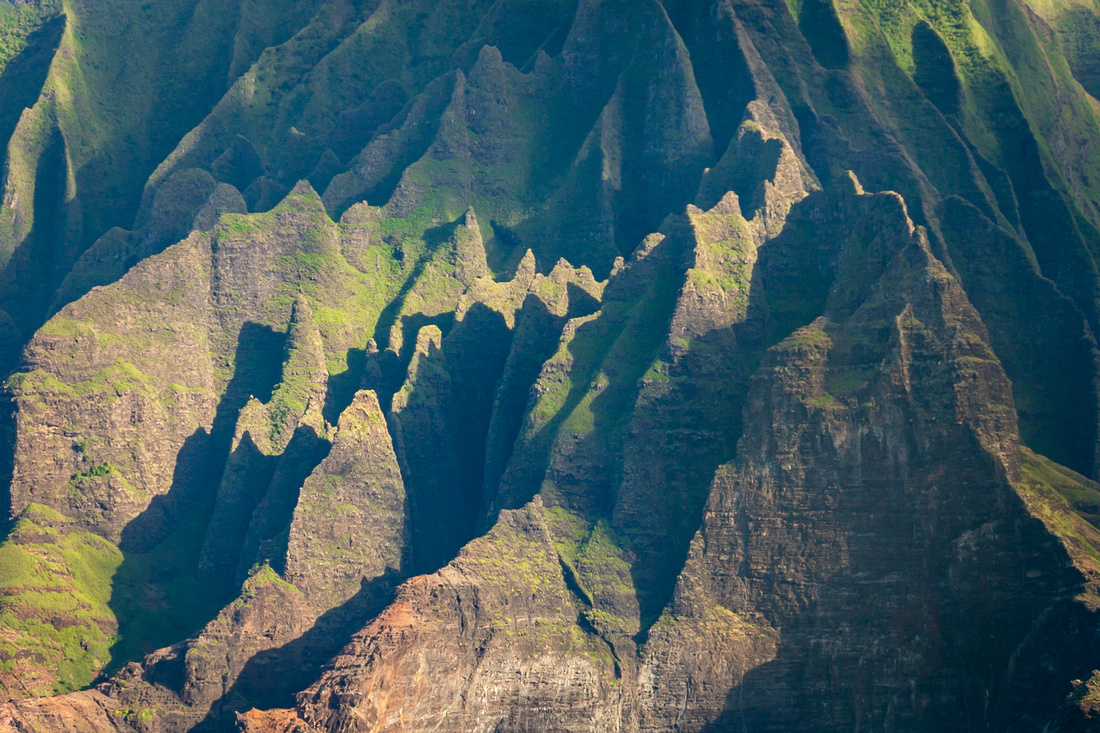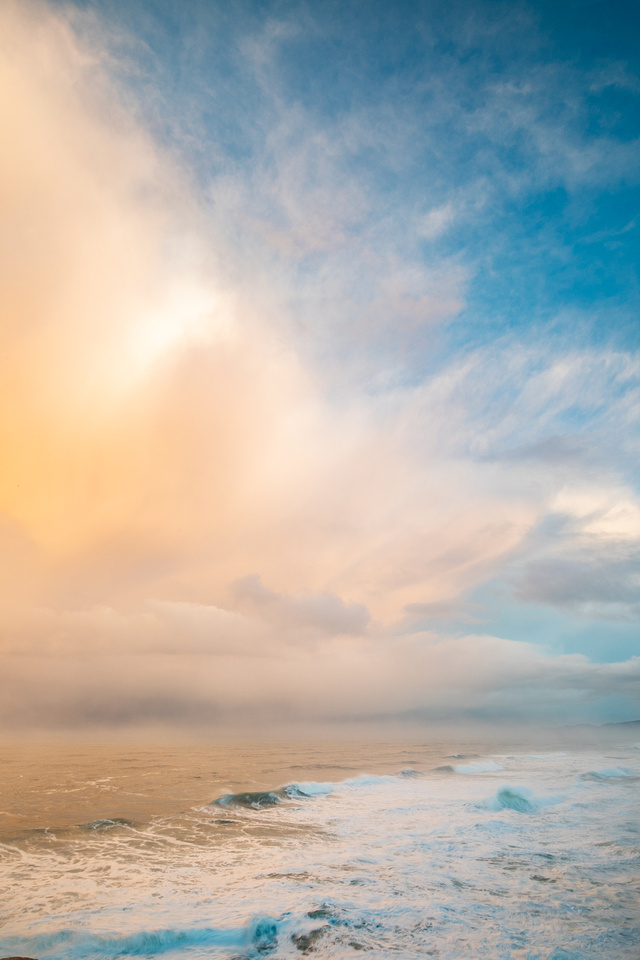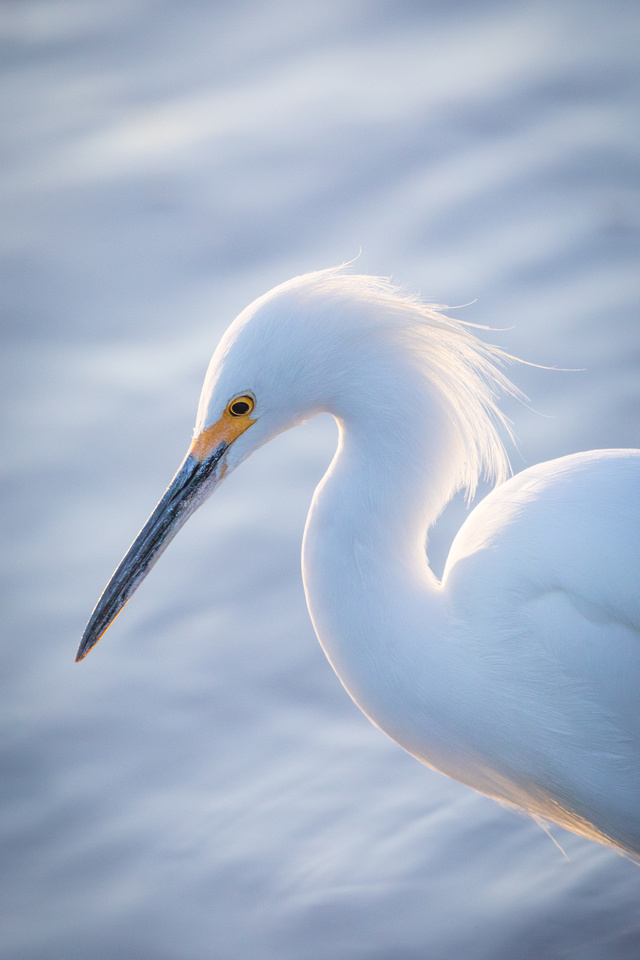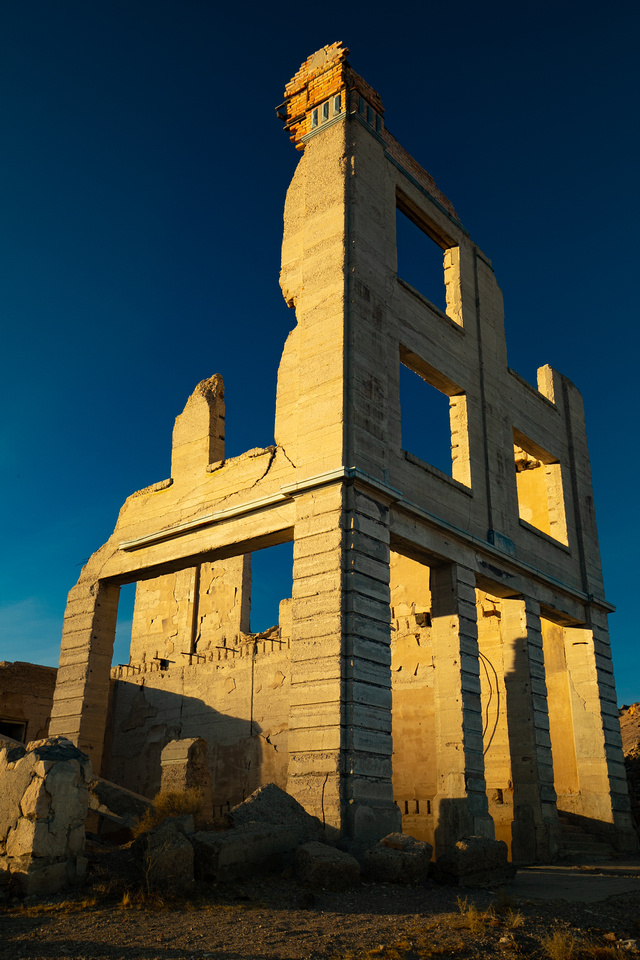That magic light
That Magic Light - And How it Transforms Your Photos
Text and photos by Heather Cline
 
Young Blacktail Buck spotlighted at sunrise |
There are several types of light that nature photographers concern themselves with when it comes to producing dynamic photographs that stand out among the every growing sea of images available to viewers today. These types of light include front light, side light, back light, diffused light and magic light. I've posted several blogs on lighting but this post is focused on magic light because it has the power to transform a good image into a magical one!
What Is Magic Light?
The term "magic light" refers to the way the light falls on your subject or scene. It's difficult to put into words but the quality of this light creates more drama than other types of light. It is not the same as "magic hour" which occurs during the hour after sunrise and before sunset. While magic light can occur during the magic hour, it is not isolated to these times of the day.
 
Na Pali coast during a passing coastal storm |
How Is Magic Light Created?
There is no standard approach to finding magic light. This lighting tends to occur during times of change, such as when the seasons, weather, or time of day is changing.
When autumn arrives and the leaves are turning, the way the light hits various types of trees and foliage can create a combination of light and shadow that results in this magical lighting result.
 
Beaver Ponds in autumn, Lundy Canyon |
During and after storms, when the sun is able to break through the clouds, this also can create this type of lighting condition. It's as if a halo of light coming from above was made just for that subject.
 
Cape Kiwanda during a winter storm |
As I mentioned above, magic light is not the same as magic hour. However, given the light is already at a more desirable angle at these times of day, it is not uncommon to encounter magical lighting conditions at dawn and dusk.
 
Snowy Egret hunting prey at sunrise |
Tips for Capturing Magic Light
Scout
You can improve your odds of encountering and capturing magic light by scouting the location before you plan to shoot. Pre-visualize compositions so you are able to more quickly react if magic light occurs. If you aren't able to physically be on location ahead of time to scout in person, you can get a sense of what is possible by looking at photos others have taken in the same location, even in the same season and time of day.
Leverage Planning Tools
Photographer applications, such as Photo Pills and The Photographer's Ephemeris (TPE) are great tools for determining what direction the light will be coming from at any location you plan to shoot. Using these ahead of time can help you prepare for the best lighting conditions and be ready when magic light strikes.
Shoot In RAW format
It's no secret that shooting in RAW vs. JPEG will result in far more details being captured by your camera's sensor that will allow you to expand the range of light during post-process. Magical lighting conditions can result in high contrast images which could result in the loss of deep shadows when shooting in JPEG. Shooting in RAW format is an easy insurance policy to prevent this from happening to you.
Shoot. Shoot. Shoot
When the light is good, it can and does change very quickly. Memory cards afford us the ability to capture a lot of images and this is the time to capitalize on that luxury. Capturing a lot of images quickly will give you more options to work with after the show ends.
Post-Process
No matter how good the light is, the file that comes straight out of your camera is simply not the best the image can be. This is where post-processing tools come in to play. You can correct color temperature, vibrance, and adjust highlights and shadow to pull the most out of the image.
 
Historic building, Rhyolite Ghost Town |
Magic light can occur anywhere and almost any time. I hope this post has provided some insights and tools for improving your odds of capturing magic light then next time it presents itself.